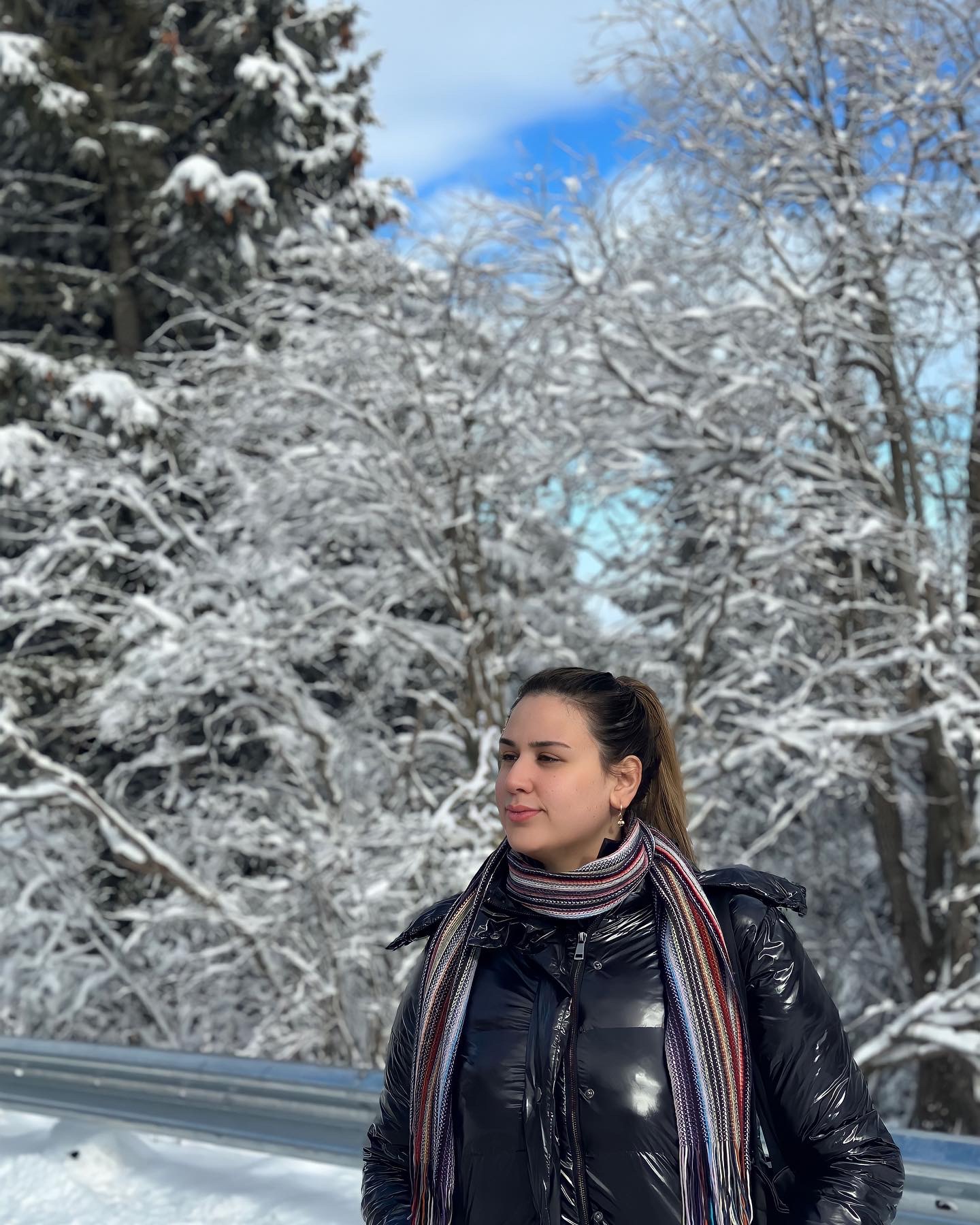2nd day in Sofia
- Elif Derya Dilek

- Nov 4, 2022
- 4 min read
02.11.2022
Hello, it's my 2nd day in Bulgaria. We decided to join the Sofia tour with Sara. Sofia was meeting in front of the Palace of Justice to participate in the tour. We got on the subway with Sara and came to the front of the Palace of Justice. A group manager named Nikola made us tour Sofia. It's quite a beautiful city. I will also talk about what I saw.
Saddlers Street Petka Church (Sveta Petka Samardzhiyski) is a beautiful stone Medieval Bulgarian Orthodox church built on an ancient Roman religious site, the historical monuments of these beautiful church houses were built on an ancient Roman religious site first mentioned in the 16th century.

Built in the 4th century AD, this small red brick church is Sofia's oldest preserved building. The murals inside were painted between the 10th and 14th centuries. It is a busy, working church, but visitors are welcome. To find the church, enter through an opening at ul Sâborna.

Founded in 1904 with artists from the Salza i Smyah theater, the theater was first called the National Theatre. But later it was named after the Bulgarian writer Ivan Vazov, famous for his historical dramas, tragedies and brilliant comedies.
The neoclassical style of the theater was designed by the famous Viennese theater architects Hermann Helmer and Ferdinand Fellner and opened its doors in January 1907 after the theater was finished in 1906. A theater school was established in 1925 as part of the National Theater.

The National Assembly is Bulgaria's unicameral legislature. Bulgaria's legislative body, the National Assembly, consists of 240 members elected by universal adult voters for a four-year term in a proportional system of representation.
Established: February 10, 1879, Tarnova

St. Sofia (Sveta Sofia) Statue: The monument, which is the symbol of Sofia and erected in the place of the old Lenin Statue, is a sculpture with a total height of 22 meters, standing on a marble pedestal. A statue erected in memory of Saint Sofia, believed to be the protector of the city.

It is one of the largest Eastern Orthodox cathedrals in the world, as well as one of the symbols of the city, which is home to the Patriarch of Bulgaria. The gold-plated dome of the cathedral is 45 m high. The bell tower is 53 m and the cathedral has a total of 12 bells. The top of the bell tower and the cross on it are completely covered in gold. It is said that the sound of the bell can be heard from 30 km away.

Vitosha Boulevard was founded in 2007 by Cushman & Wakefield, Inc. According to the World's Main Streets report, it is the 22nd most expensive commercial street in the world. This is an expensive shopping area in general. Anyway, it's free to visit and look. While we were walking, we thought of Istanbul-Istiklal Street for a moment.

The Sofia Palace of Justice, located on Vitosha Boulevard, was started to be built in 1929 in order to gather all the courts in Sofia and was completed in 1940. There are 24 courtrooms, a library and a bank in the building with a total of 6 floors (4+2 underground floors). There are five big doors, 12 columns and 2 lion statues on the front facade. Free walking tours are organized in front of the Palace of Justice every day at 11:00 and 18:00, lasting approximately 2 hours.

Banyabaşı Mosque is accepted as one of the Islamic cultural monuments from the Ottoman period. The ancient city of Sofia, the first settlement in history, is located in Serdica. Its most striking feature is its large dome and minaret height. It is said that Evliya Çelebi called it "the mosque with the most beautiful minaret in Sofia". Today, it is the only active mosque in the city. Since it was founded by a benefactor named Molla Kadı Seyfullah Efendi, it is also called Molla Efendi Mosque and Kadı Seyfullah Efendi Mosque. Although there are various dates about the foundation date, it is more appropriate to accept the year 1567. It is one of the oldest mosques in Europe. It was designed by Mimar Sinan.
It is the second largest cathedral in the Balkans after the Saint Sava Cathedral in Belgrade. Construction of the cathedral began in 1882 and was officially opened in 1912. Cathedral Tsar II. It was built in memory of the approximately 20,000 Russian, Ukrainian, Belarusian and Bulgarian soldiers who died in the 1877-78 Ottoman-Russian war.

The Russian Church of St. Nicholas, located near the Alexander Nevski Cathedral, is described as the most elegant church in Sofia. The bells of the church, which has dazzling gold-plated domes, were made by Emperor II. Gifted by Nicholas. Its construction began in 1907 and was completed in seven years.

Sofia is one of the richest capitals in the world in terms of thermal waters. The city develops on the foundations of thermal spring waters and their healing effects. The first bibliographies date back 2,400 years. Sofia, which was named Ulpiya Serdika at that time, was founded in BC. In the 2nd century, it became the center of political and cultural life in the Roman period. The thermal waters of Sofia, experiencing its heyday in the Ottoman period, began to be used in "City baths" in the form of baths.




Comments